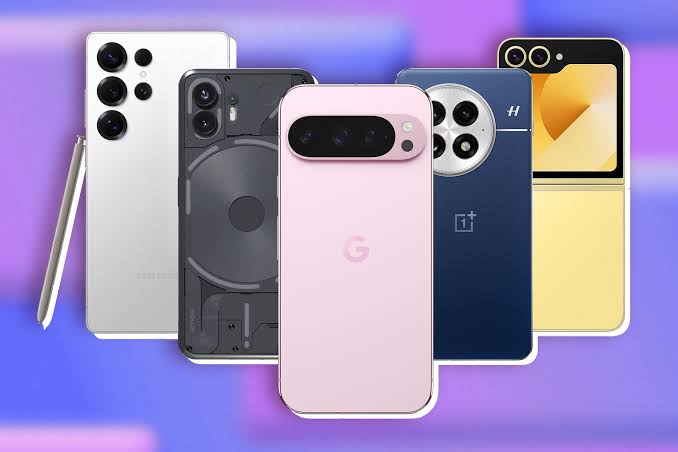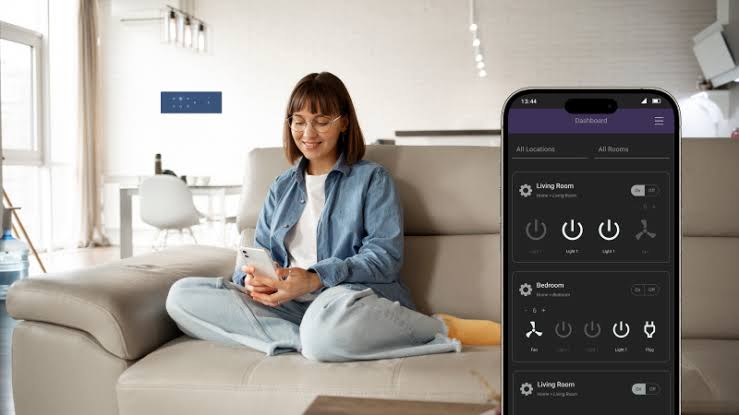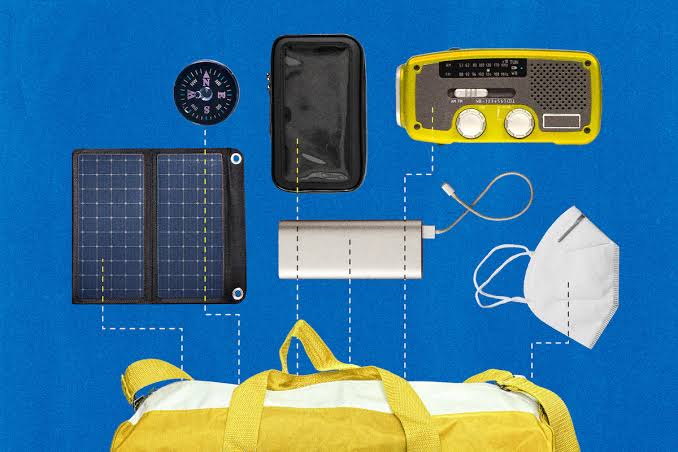The smartphone market is changing fast, with 2025 bringing new devices that blend power, innovation, and style. Today’s best smartphones are more than just phones—they are centers for media, work, and computing on the go. Brands like Apple, Samsung, Google, and Xiaomi offer many top models with advanced cameras, smart processors, and features for gaming, photography, and daily tasks.
Unboxing and reviewing the latest top-rated smartphones gives insight into the real-world performance, design quality, and user experience these gadgets offer. As of July 2025, some of the most talked-about models include the iPhone 16 Pro Max, Samsung Galaxy S25 Ultra, Google Pixel 9 Pro, and Xiaomi 15 Ultra. Each comes with unique strengths and a few drawbacks, but all are designed to cater to modern users’ growing digital demands.
First Impressions: Packaging and Presentation
The unboxing experience of a smartphone sets the tone for what users can expect from the device. Most top brands in 2025 have embraced eco-friendly packaging, opting for minimalistic boxes made from recyclable materials. Apple, for example, continues its trend of removing accessories like power adapters and earphones from the box, focusing instead on simplicity and sustainability. The iPhone 16 Pro Max arrives in a compact black box with a USB-C to Lightning cable and basic documentation.
Samsung’s Galaxy S25 Ultra packaging follows a similar minimalist approach, though the phone’s sleek silver lining and metallic branding give it a slightly more premium look. Google’s Pixel 9 Pro packaging reflects its clean Android aesthetic—neat, functional, and eco-conscious. Xiaomi impresses with a stylish presentation for the Xiaomi 15 Ultra, which includes a sturdy protective case and a high-wattage charger, a notable inclusion as many brands have dropped the charger entirely.
Build Quality and Design
Build quality remains a key factor in the premium smartphone segment, and 2025’s flagship models uphold high standards. The iPhone 16 Pro Max features a titanium frame, ceramic shield front, and a brushed matte finish at the back. Its flat-edged design has been slightly refined for better grip, while the device maintains an IP68 rating for water and dust resistance.
Samsung’s Galaxy S25 Ultra boasts a stunning curved-edge AMOLED display with Gorilla Glass Victus 3 protection and an aluminum body that feels solid yet elegant. Its massive 6.9-inch screen and barely-there bezels offer an immersive viewing experience.
Google’s Pixel 9 Pro introduces a slightly more compact design with a matte-textured rear and signature horizontal camera bar. Its design is clean and practical, focusing on comfort in hand. Xiaomi’s 15 Ultra combines luxury with innovation, showcasing a vegan leather back in select models and a lightweight ceramic version for a premium touch.
Display and Visual Performance
Each flagship smartphone in 2025 features an advanced display that supports high refresh rates, HDR10+ visuals, and peak brightness levels over 2,000 nits. The iPhone 16 Pro Max’s 6.7-inch ProMotion OLED display now supports 144Hz refresh rate, delivering buttery-smooth transitions whether you’re scrolling through social media or playing high-end games.
Samsung’s Galaxy S25 Ultra raises the bar with its 6.9-inch QHD+ Dynamic AMOLED 2X display. It features adaptive refresh rates from 1Hz to 144Hz and a peak brightness of 2,800 nits, making it the brightest and most vivid display available as of July 2025.
Google’s Pixel 9 Pro sports a 6.7-inch LTPO OLED display with crisp colors and deep blacks. The display is fine-tuned for AI-driven ambient adjustments, offering an excellent visual experience in varying light conditions. Xiaomi 15 Ultra’s 6.73-inch AMOLED screen includes Dolby Vision and a 144Hz refresh rate, creating an ultra-responsive and visually dynamic interface.
Camera Capabilities and Innovation
Smartphone cameras continue to be a battleground for innovation, and in 2025, AI-powered photography and periscope lenses dominate the conversation. The iPhone 16 Pro Max introduces a new quad-camera system with a 48MP main sensor, improved night photography, and 6x optical zoom. The Smart HDR 6 engine uses real-time scene recognition to balance lighting and skin tones more effectively.
Samsung Galaxy S25 Ultra excels in versatility, offering a 200MP main camera, dual telephoto lenses (3x and 10x optical zoom), and advanced astrophotography features. Its Expert RAW mode gives professional photographers unmatched control in manual settings.
The Pixel 9 Pro’s camera focuses on computational photography, with a 50MP main sensor and Google’s new AI PhotoSense algorithm that enhances clarity and detail with remarkable accuracy. It shines in low light and excels in portrait shots.
Xiaomi’s 15 Ultra comes packed with a Leica-engineered quad-camera array, including a 1-inch 50MP main sensor, ultra-wide lens, and 5x periscope zoom. Its dynamic range and video stabilization features make it a strong contender for content creators.
Performance and Battery Life
All four smartphones are powered by next-gen chipsets built on 3nm architecture, offering fast performance with enhanced energy efficiency. The iPhone 16 Pro Max features Apple’s A18 Pro chip, delivering seamless multitasking and superior gaming performance with less heat generation.
Samsung’s S25 Ultra runs on the Snapdragon 8 Gen 4 for global models, with Exynos 2500 for some regions. Performance is smooth, with significant improvements in GPU rendering and AI task handling.
The Pixel 9 Pro is powered by Google’s custom Tensor G4 chip, optimized for AI tasks, image processing, and contextual voice recognition. Though not the fastest chipset overall, it excels in intelligent performance and battery optimization.
Xiaomi’s 15 Ultra uses the Snapdragon 8 Gen 4 with enhanced thermal management, supporting sustained high performance. Battery life across all devices ranges between 5,000mAh to 5,300mAh, with fast charging up to 120W (Xiaomi) and 45W wireless charging (Samsung). Apple’s MagSafe 3.0 also offers improved wireless speeds.
Software Experience and Ecosystem
Software plays a crucial role in user experience. Apple continues to lead with iOS 19, featuring smoother animations, deeper personalization options, and enhanced privacy tools. Samsung’s One UI 7.1 on Android 15 brings refined multitasking and integrated Galaxy AI features that automate daily tasks.
Pixel 9 Pro runs pure Android 15 with exclusive features like Live Translate, Call Screen+, and seamless integration with Google services. Xiaomi’s HyperOS 2.0 delivers a lightweight interface with customizable themes and AI scene recognition.
The ecosystem each phone belongs to also matters. Apple users benefit from continuity across Mac, iPad, and Apple Watch, while Samsung users enjoy tight integration with Galaxy Buds, Tab S tablets, and SmartThings. Google focuses on AI-first integration across Gmail, Assistant, and Docs, while Xiaomi offers a smart home experience via MIUI+ and Xiaomi Cloud.
Conclusion
Unboxing and reviewing the latest top-rated smartphones of July 2025 reveals how far mobile technology has come. Each flagship model—whether it’s the iPhone 16 Pro Max, Galaxy S25 Ultra, Pixel 9 Pro, or Xiaomi 15 Ultra—offers an impressive blend of design, power, and intelligence. Choosing the right one depends on your priorities: Apple excels in seamless ecosystem integration, Samsung leads in display and camera versatility, Google focuses on AI and clean software, while Xiaomi offers flagship performance at a more competitive price.
For consumers, the smartphone is no longer just a device—it’s a digital lifestyle tool. And with 2025’s lineup, users are spoiled for choice in the best way possible.



